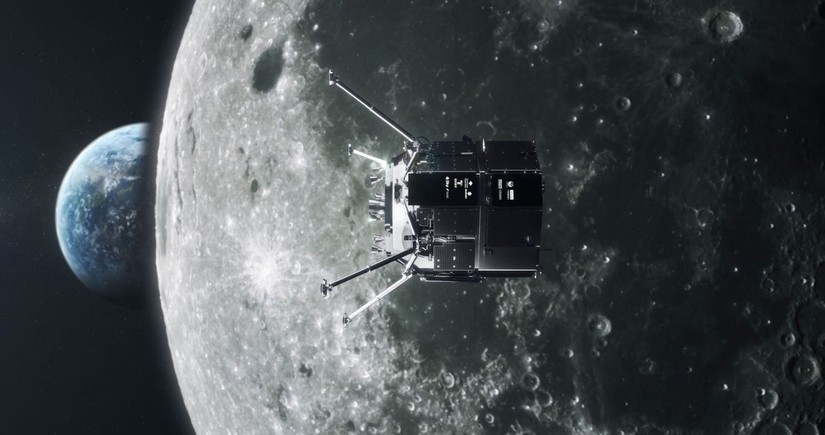Japan’s ispace loses communication with moon lander after touchdown attempt
- 06 June, 2025
- 11:11

Japanese company ispace said it has not been able to establish communication with its uncrewed moon lander following its lunar touchdown attempt on June 6, two years after its failed inaugural mission, Report informs referring to The Asahi Shimbun.
Tokyo-based ispace has hoped to join US firms Intuitive Machines and Firefly Aerospace, which have accomplished commercial landings amid an intensifying global race for the moon that includes state-run missions from China and India.
Resilience, ispace’s second lunar lander, targeted Mare Frigoris, a basaltic plain about 900 km (560 miles) from the moon’s north pole.
The company’s live-streamed flight data showed Resilience’s altitude suddenly falling to zero shortly before the planned touchdown time of 4:17 a.m. on June 6, Japanese time (19:17 GMT on June 5) following an hour-long descent from lunar orbit.
“We haven’t been able to confirm” communication, and control center members will “continuously attempt to communicate with the lander,” the company said in the broadcast. Footage from the control room showed nervous faces of ispace engineers.
A room of more than 500 ispace employees, shareholders, sponsors and government officials abruptly grew silent during a public viewing event at mission partner Sumitomo Mitsui Banking Corp in the wee hours in Tokyo.
The status of Resilience remains unclear, and ispace CEO Takeshi Hakamada will hold a press conference about the outcome of the mission at 9 a.m. (00:00 GMT), the company said. In 2023, ispace’s first lander crashed into the moon’s surface due to inaccurate recognition of its altitude. Software remedies have been implemented, while the hardware design is mostly unchanged in Resilience, the company has said.
Resilience carried a four-wheeled rover built by ispace’s Luxembourg subsidiary and five external payloads worth a total of $16 million, including scientific instruments from Japanese firms and a Taiwanese university.
Following the landing, the 2.3-metre-high lander and the microwave-sized rover were scheduled to begin 14-day exploration activities until the arrival of a freezing-cold lunar night, including capturing images of regolith, the moon’s fine-grained surface material, on a contract with the US space agency NASA.
Shares of ispace more than doubled earlier this year on growing investor hopes for the second mission, before calming in recent days. As of Thursday, ispace had a market capitalization of more than 110 billion yen ($766 million).
